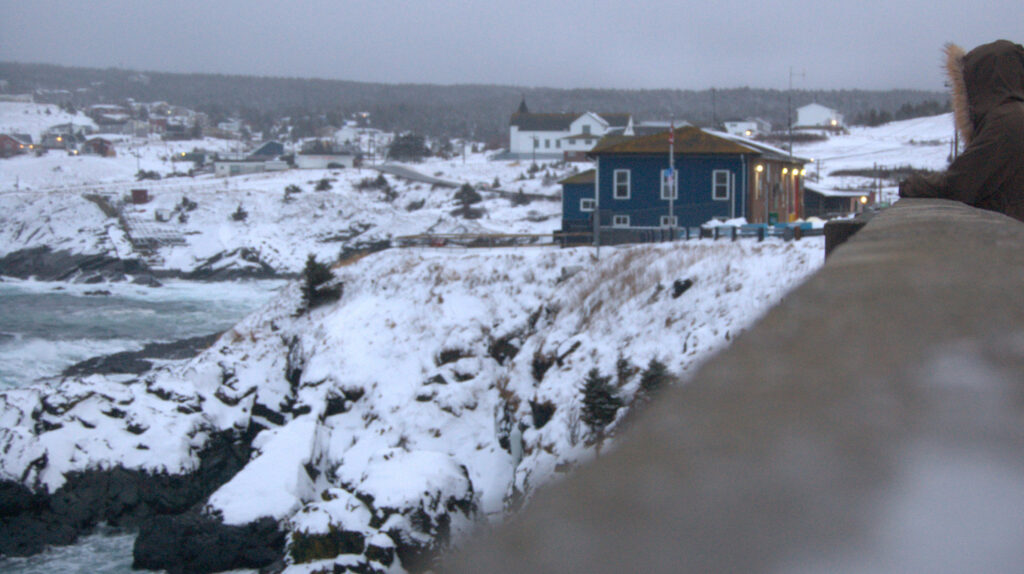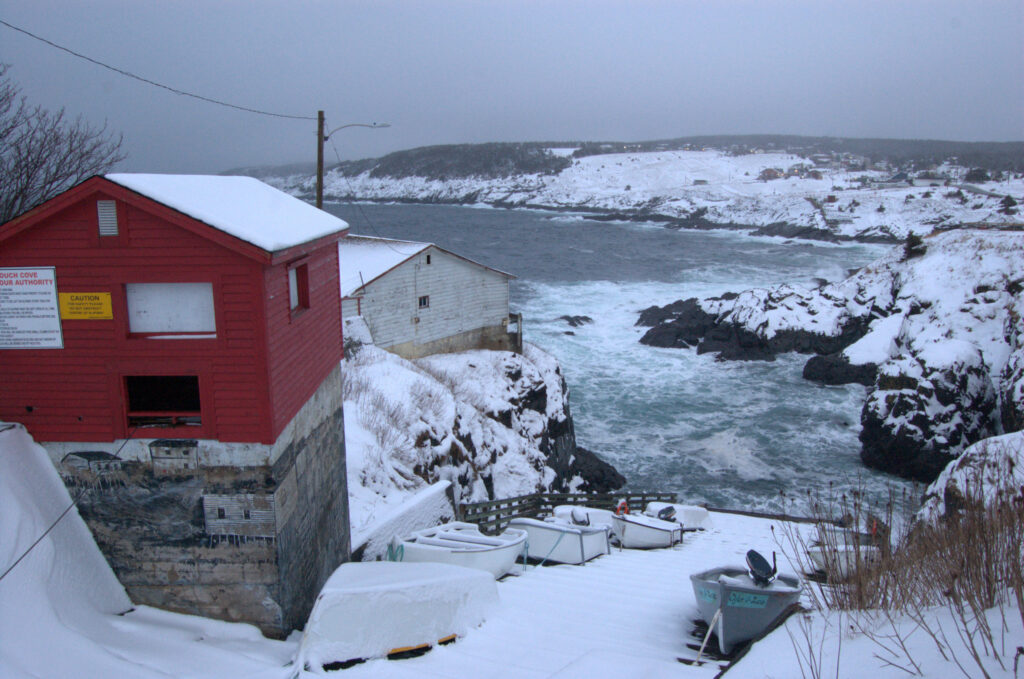Constant freezing and thawing make ice conditions unpredictable in Newfoundland. But there are ways to determine whether the ice is safe enough for skating, hockey or snowmobiling.
April Peach
Kicker

For six months of the year, Newfoundland is bittersweet. It’s freezing, but the weather gives opportunities for skating, ice fishing and even ice-pan hopping. As popular as these activities are, they aren’t always safe.
Ice pan hopping, traditionally known in Newfoundland as ‘copying’, is significantly less practised today.
Years ago, when there was less to do in rural areas, it was a daring challenge for young people. Unfortunately, not all who participated were left unharmed.
In 2001, three young men lost their lives to the sea off Pouch Cove: Jessie Elliot, Adam Wall and Adrian Sullivan.
The teenagers had been copying, jumping from one piece of ice to the next when one of them slipped and fell into the water. The other two boys dove into the water to try and rescue him, but none of the three made it back to the shore.
According to the Canadian Red Cross, the best thing you can do in any circumstance like this is to remain calm.
Any panic or flailing can disturb the ice more, and it’s already thin and unstable around the area of collapse.
The next thing to do would be to turn towards the shore, as the ice is thickest where it’s more shallow. Without applying pressure to the ice, it’s advised to reach forward while kicking your legs to crawl back onto the ice.
From there, keep your limbs spread apart while you begin crawling to shore.
When it comes to a group, the best thing that can be done is to call for help from trained professionals. But in the meantime, while staying on shore, extending a long branch or pole to the person submerged to grab onto is the next best step.

Retired volunteer firefighter Rebecca Pennell was given specific training on how to check the stability of ice.
“We always check the thickness of the ice before going on it, like making a hole in the ice and measuring it,” she said.
For anyone who enjoys these winter activities, it’s better to play it safe. Having an auger, which is a corkscrew-like tool for drilling a hole in the ice, can tell you whether or not the ice is safe to walk on.
A nurse on weekdays and an avid ice fisher on weekends, Trina Hatcher-Bouzane takes this approach.
“We use the auger to determine the thickness of the ice,” Hatcher-Bouzane said. “They have provincial recommendations on depths to follow.”
The guide says ice should, at a minimum, be at least 15 cm thick for skating. It goes up to 20 cm for games (such as hockey), and 25 cm for snowmobiles to traverse.
Another factor of ice unpredictability includes the color of the ice: Clear blue is the strongest, whereas white opaque (also known as snow ice) is the second best. Anything beyond that, especially grey ice, should be avoided as this is a clear sign of water being present.
A handful of other more common rules listed on the Canadian Red Cross website relate to the size of the body of water, changing air temperature (what time of the year it is), currents, tides and other running water, and location.
As important as it is to have fun during these short days, it’s more important to stay safe.
April Peach is a student journalist at College of the North Atlantic in St. John’s. Born and bred on the rock, she has always been a fanatic fiction writer and is now diving headfirst into the world of news broadcasting.




Be the first to comment